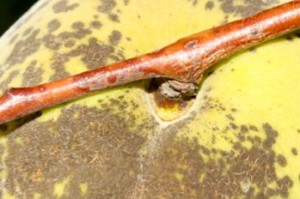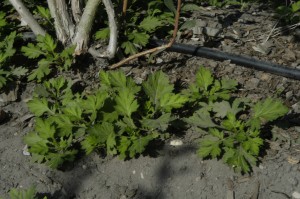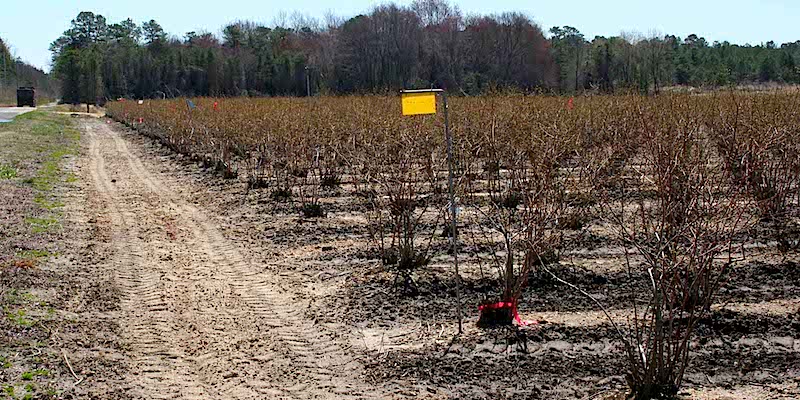This week in Fruit IPM
- Peach
- Apple
- Pear
- Blueberry
- Scouting Calendar
- Trap Counts
Fruit Crops Edition - Blueberry Section
Seasonal updates on diseases, insects, weeds impacting small fruit (blueberry, cranberry, and wine grape). Fruit Pest Alerts are also available via this category feed.
Subscription is through the general Fruit feed available via EMAIL and RSS.
Fruit IPM Report May 6, 2014
BMSB Survey
“Are you a grower? Got stink bugs? We need your help! We’re surveying growers to assess the impact of BMSB on crops and gathering information that will help us defeat this pest.
Receive a free Guide to Stink Bugs* if you complete the 10-minute BMSB survey”
https://cornell.qualtrics.com/SE/?SID=SV_5ssnjXLNhvp6v1H
Thanks in advance! – From the Northeast IPM Center
The BMSB Working Group, through NE IPM Center and Cornell University, is collecting information from farmers on BMSB impact and management. If you have time, please fill out this short survey. It will help to gather information that we can use to identify what’s working and what we still need to do.
Organic SWD Management Survey
 There is a national effort to identify management options for no-spray or organic growers that are trying to manage spotted wing drosophila. If you are an organic grower, please consider filling out this survey to help researchers prioritize areas of research.
There is a national effort to identify management options for no-spray or organic growers that are trying to manage spotted wing drosophila. If you are an organic grower, please consider filling out this survey to help researchers prioritize areas of research.
Organic Grower Survey on Spotted Wing Drosophila
Fruit IPM Report Apr 22, 2014
This week in Fruit IPMPeach scab lesions on fruit with old lesions on wood.
- Peach
- Apple
- Pear
- Blueberry
- Scouting Calendar
- Trap Counts (Southern Counties)
Stinger Controls Difficult Composite and Legume Weeds in Blueberries
Stinger has been labeled for weed control orchards for years, and now has a label for use in blueberries. The weeds controlled fall into two botanical plant families, composites and legumes.
[Read more…]
Cranberry Weevil Research
In field evaluations, we demonstrated that yellow sticky traps baited with the blend of four aggregation pheromone components trapped significantly more cranberry weevil adults than un-baited controls.
Development of pheromone-based monitoring lures is an important step toward spatially-precise management techniques that may lead to significant reduction in the use of pesticides targeted against cranberry weevil in blueberries.
The cranberry weevil is a key pest of highbush blueberries in New Jersey and of cranberries in Massachusetts. [Read more…]



